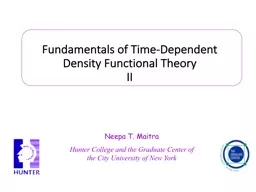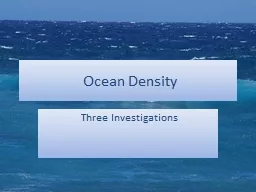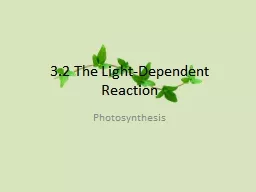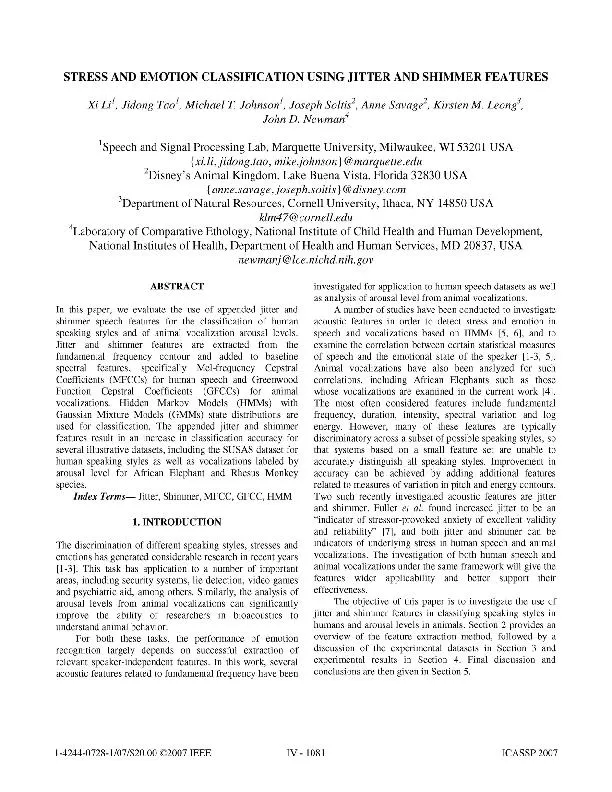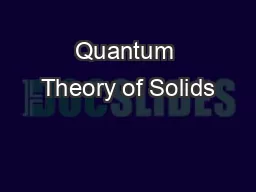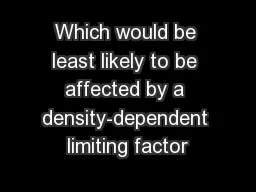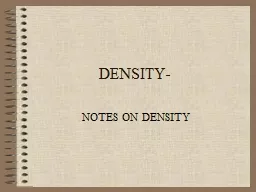PPT-Fundamentals of Time-Dependent Density Functional Theory II
Author : test | Published Date : 2019-10-31
Fundamentals of TimeDependent Density Functional Theory II Neepa T Maitra Hunter College and the Graduate Center of the City University of New York Plan introduction
Presentation Embed Code
Download Presentation
Download Presentation The PPT/PDF document "Fundamentals of Time-Dependent Density F..." is the property of its rightful owner. Permission is granted to download and print the materials on this website for personal, non-commercial use only, and to display it on your personal computer provided you do not modify the materials and that you retain all copyright notices contained in the materials. By downloading content from our website, you accept the terms of this agreement.
Fundamentals of Time-Dependent Density Functional Theory II: Transcript
Download Rules Of Document
"Fundamentals of Time-Dependent Density Functional Theory II"The content belongs to its owner. You may download and print it for personal use, without modification, and keep all copyright notices. By downloading, you agree to these terms.
Related Documents

